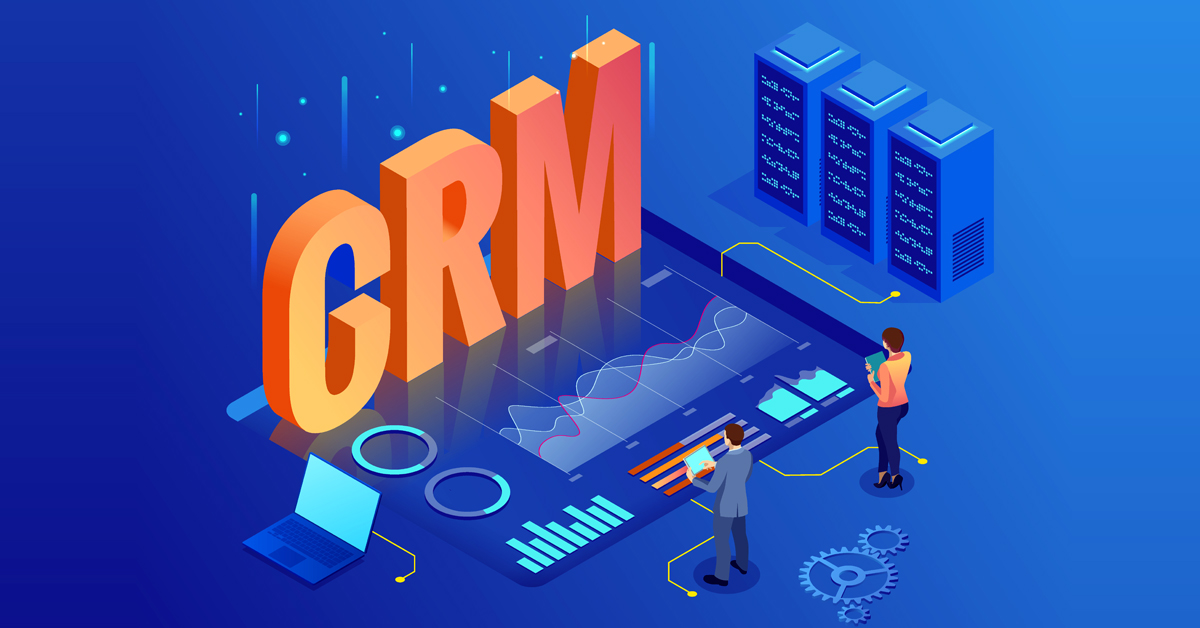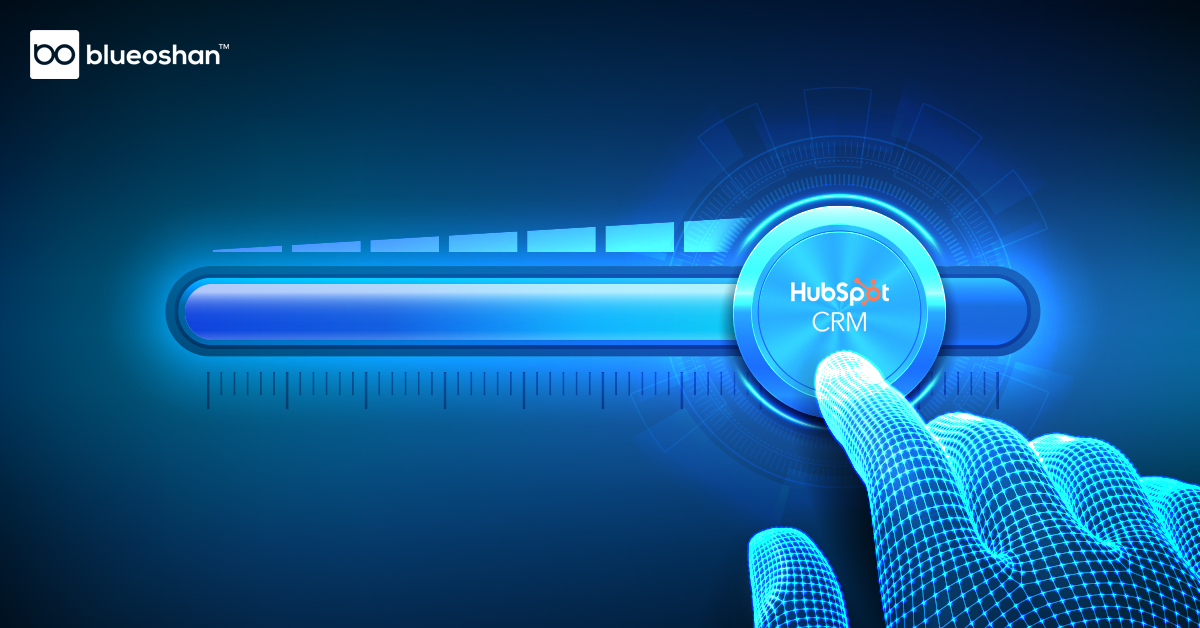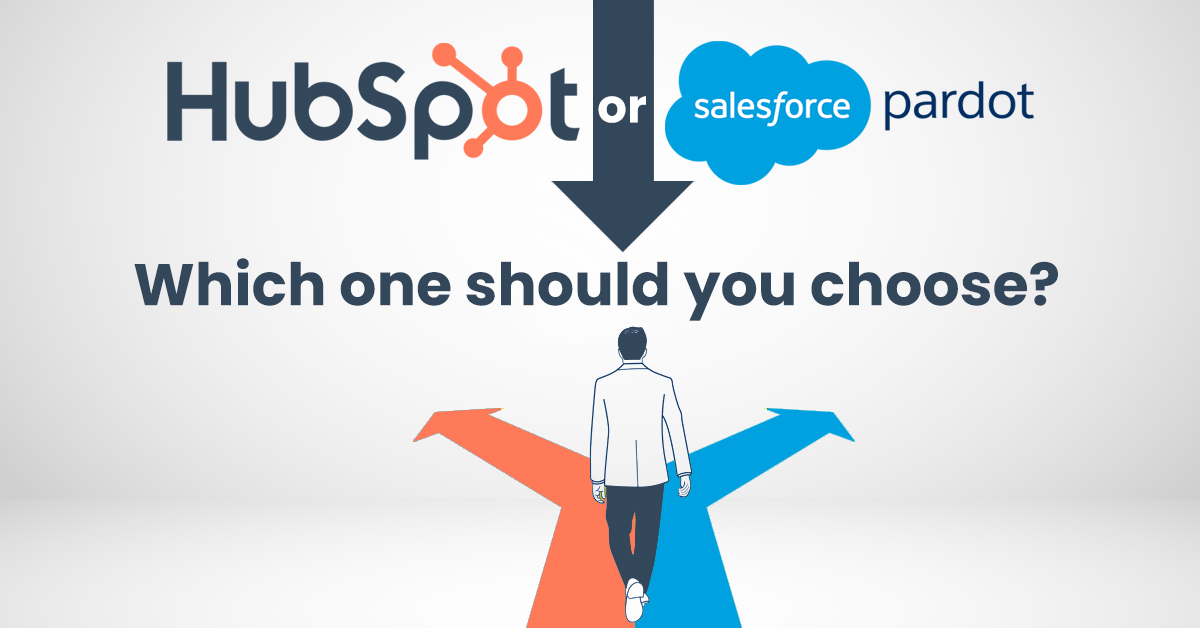Are you using the power of 'lists' in Hubspot?
March 27, 2023

Every customer in HubSpot’s CRM starts out with standard fields. Name. Designation. Company. Address. Email. And so on. But they can be significantly segmented through enhanced filters that make it easy to figure out what you need to do with them. It involves knowing more about customers, and capturing the highlights of every interaction.
Every customer in HubSpot’s CRM starts out with standard fields. Name. Designation. Company. Address. Email. And so on. But they can be significantly segmented through enhanced filters that make it easy to figure out what you need to do with them. It involves knowing more about customers, and capturing the highlights of every interaction.
Who is on your list of Promising Prospects? Or the ones ready to convert or delayed? What stage of the customer journey are they at right now? And are you updating these list filters when their status changes? That is important as well because the status of prospects or customers has to reflect the latest actions or engagement with the company.
Lists become super useful when the size of the CRM database of customers expands to millions and multiples thereof. Making sense of what is happening within can be distilled in a few deft strokes if the filters are set up right – and if your understanding of how customers buy from you is captured in the CRM layers.
That is where the real work must be done. Not merely for sending out emails but to capture the entire pattern of customer conversion over time. Seeking out the significant milestones and then marking them when customers cross over from one stage to another. Or drop off, for whatever reason.
All these features are available in the paid versions of HubSpot Enterprise
Lists can simplify several functions in marketing and sales as well as lead management. But they have to be setup at a foundational level
They form the foundation for editing and categorizing contacts in HubSpot. When working with lifecycle phases, understand which ones are automatically set by HubSpot and where you have control in defining them
Here are some examples:
Subscriber: Automatically set when a new lead has filled out a blog subscription form created via the conversion tool.
Lead: Automatically set when a new contact was converted via a form, was created via Salesforce Sync, or was created via the HubSpot Sales plugin.
MQL: Not set automatically by the system, but based on user-defined lead scoring criteria and through workflows.
SQL: The contact has been qualified by sales and the purchase intent has been classified as probable.
Opportunity & Customer: Can be enabled in Deal Settings in HubSpot, and means that if a contact is associated with a deal, the lifecycle phase is raised to Opportunity. If a deal is later set to Won, the lifecycle phase automatically changes to Customer.
Determining Lead status progress in HubSpot
The lead status property is predefined, but can be fully customised and changed to meet the unique needs of each sales team and process. Ideally, the lead status represents the typical activities that are performed during the qualification process.
The Lead Status can be set manually by the respective sales staff or via workflows - for example, if a contact is associated with a new deal for the first time, then set Lead Status to "Open Deal".
Understanding customer journey milestones and their significance helps to structure Lists better. But they must be reviewed and updated every few months to sharpen objectives
By combining several properties, it is possible to segment the database accurately. Or display contacts where the lifecycle phase is MQL, but the lead status has not yet been set. These should be qualified by sales as soon as possible.
Do keep the following in mind
- If possible, always stick to HubSpot lifecycle phases, and use custom lifecycle phases only in the absolute exception and consider their impact.
- Lifecycle phases should "ramp up" incrementally, and not be reset
- The "Lead Status" property provides a more detailed look at the MQL/SQL LC phase.
- Pipelines & Deal phases are a detailed look at the Opportunity lifecycle phase.
- Golden Formula: Deal Pipelines = Sales Process, only if there are fundamental differences in the sales process do multiple pipelines make sense.
- Deal phases can be combined with mandatory fields for deal properties to ensure good data quality.
Evaluate prospects who are a ‘Good Fit’ and those who are not
It is quite likely that databases tend to have marginally interested or those who are no longer active prospects. In such situations, clean out the Lists periodically and ensure that they do not clutter up workflows or skew reports. For example, students could sign up to download whitepapers or company collateral. There is no way they will become customers.
So, it is necessary to keep going through lists and weed out the ones that hinder marketing efforts and expenses.
Blueoshan can help you organize large database sets by understanding the markets you operate in. We will work with you to determine the criteria that can be used to qualify or track progress.
Doing this exercise right across your CRM data increases the value exponentially. Then, the main work that has to be done in future is to fine tune the campaigns and see if the expected results are forthcoming.
We have experience in organizing large data sets for customers across product categories and that expertise can make a big difference to the effectiveness of your marketing and sales outreach.
Get in touch with us anytime here.
Blueoshan is a HubSpot Diamond -Tier Solutions Partner. Delivering worldwide from India.

Venu Gopal Nair
Advertising and Branding Specialist, CEO - Ideascape Communications, A professional journey through the tumultuous years of advertising and communication, starting in 1984. Started out in the age of print, saw the changes with the entry of satellite TV and the momentous transition to digital. Advertising and branding today is vastly different from its practices in the 20th century and the last two decades have seen dramatic changes with smartphone domination. As a Creative Director turned CEO, making the transition personally and professionally has been a tremendous experience.
Related Articles

March 22, 2021

February 23, 2022

March 9, 2023


